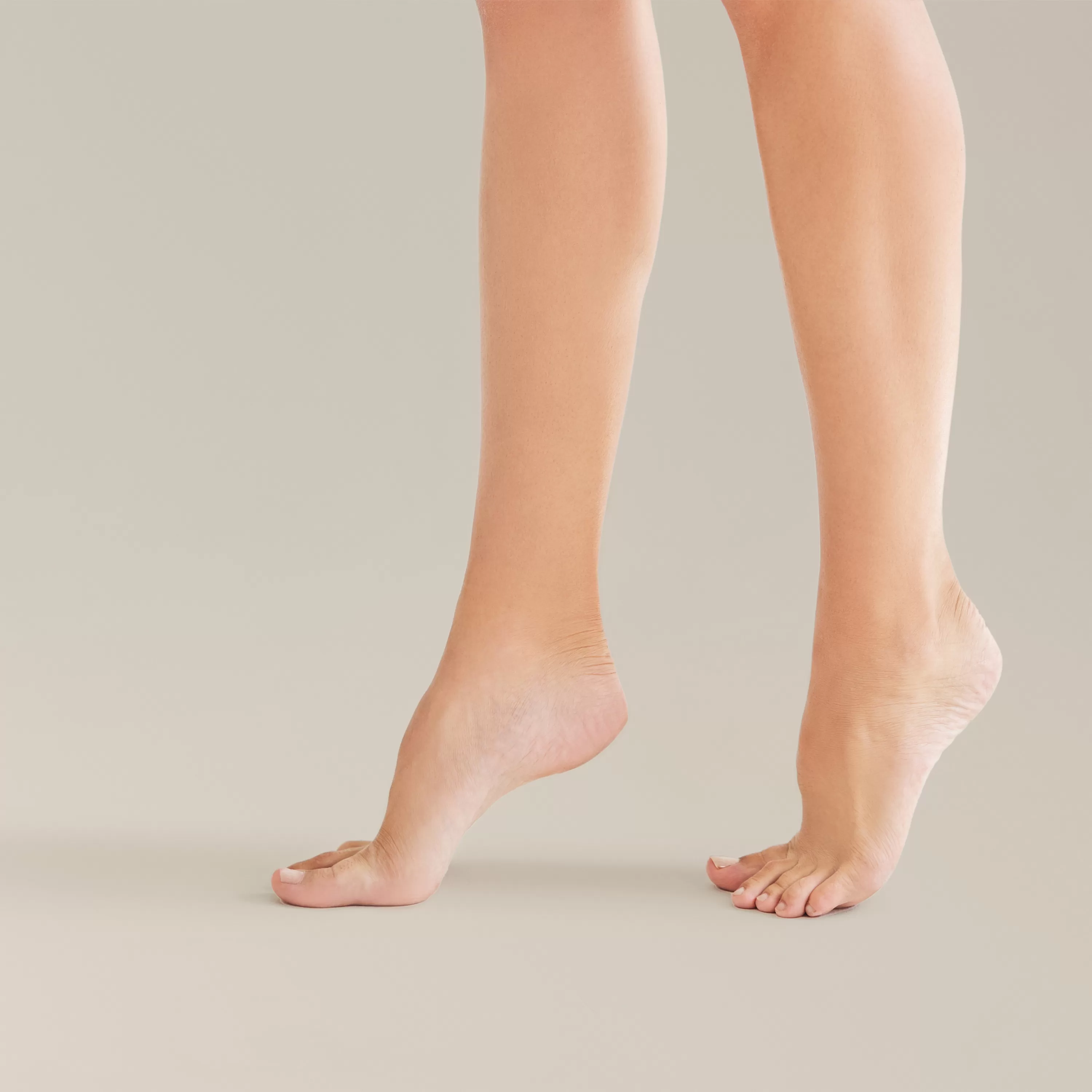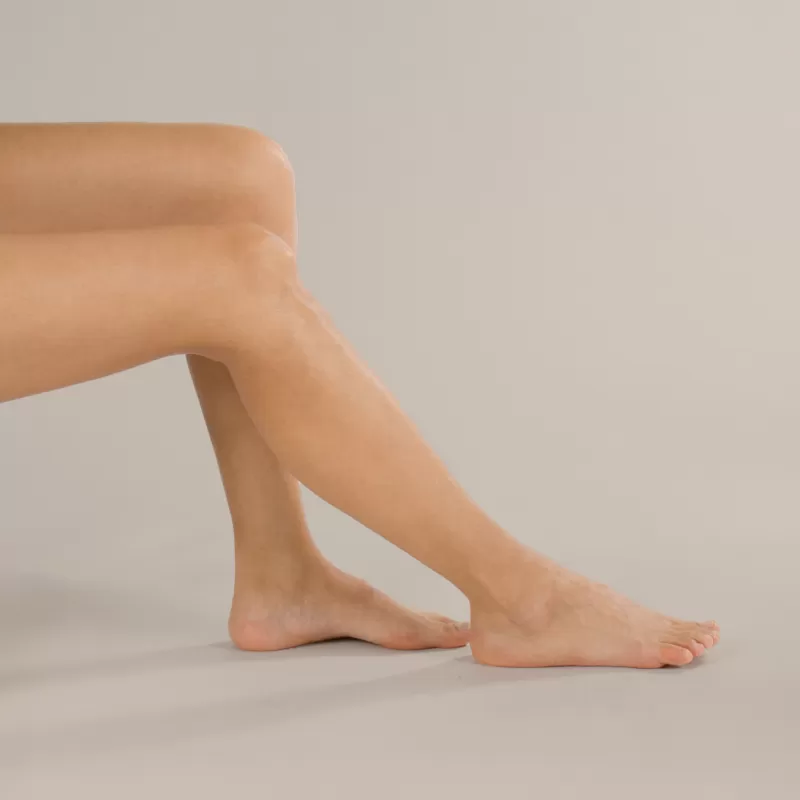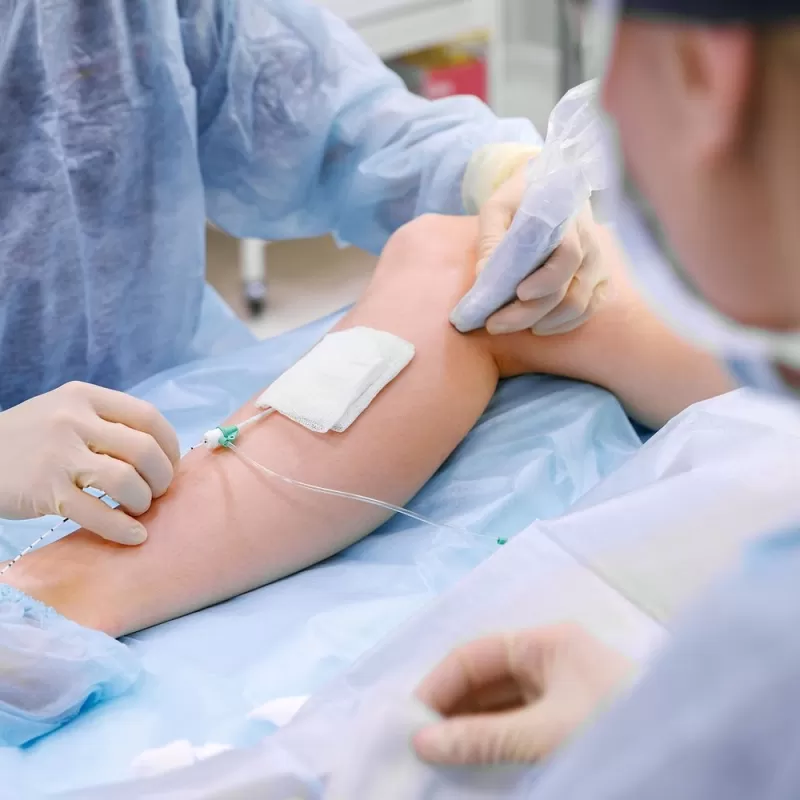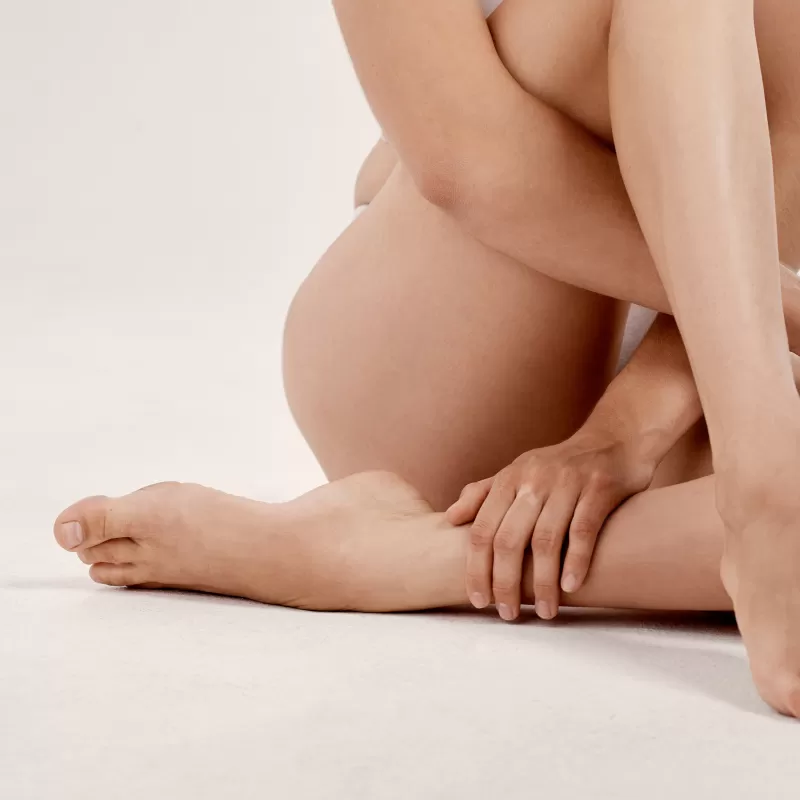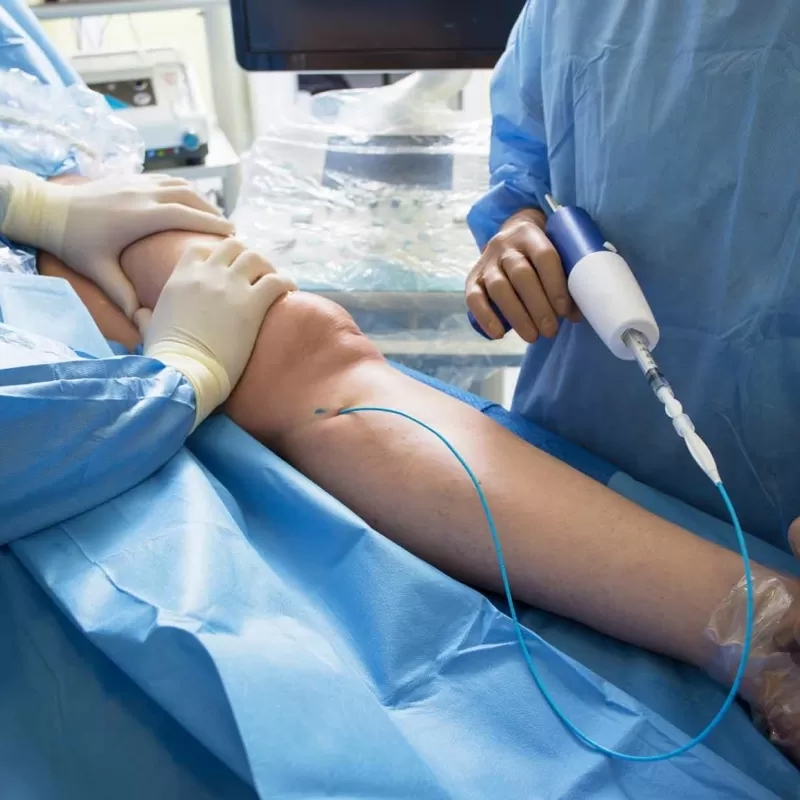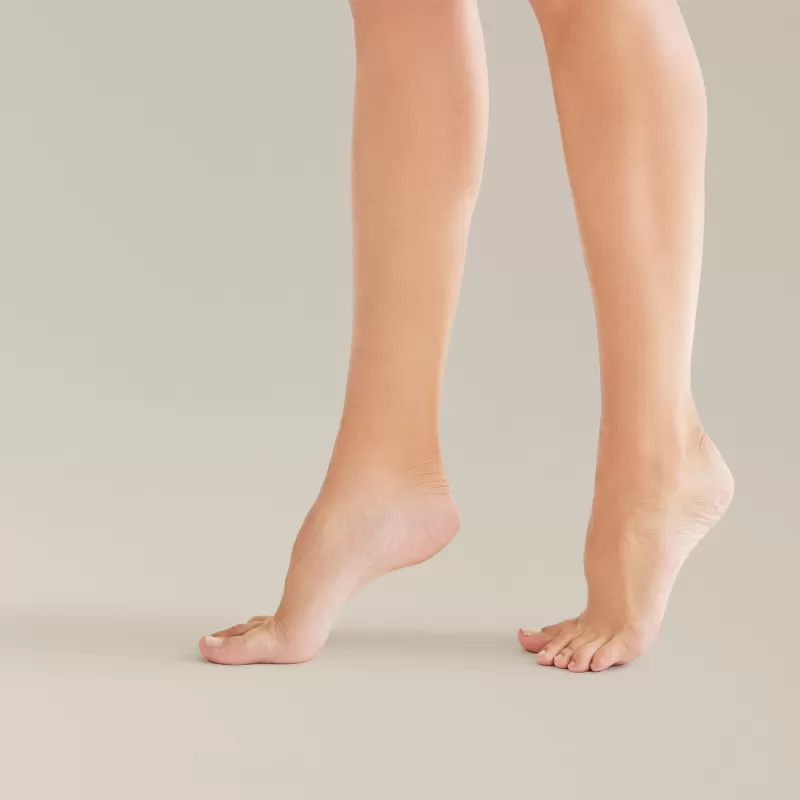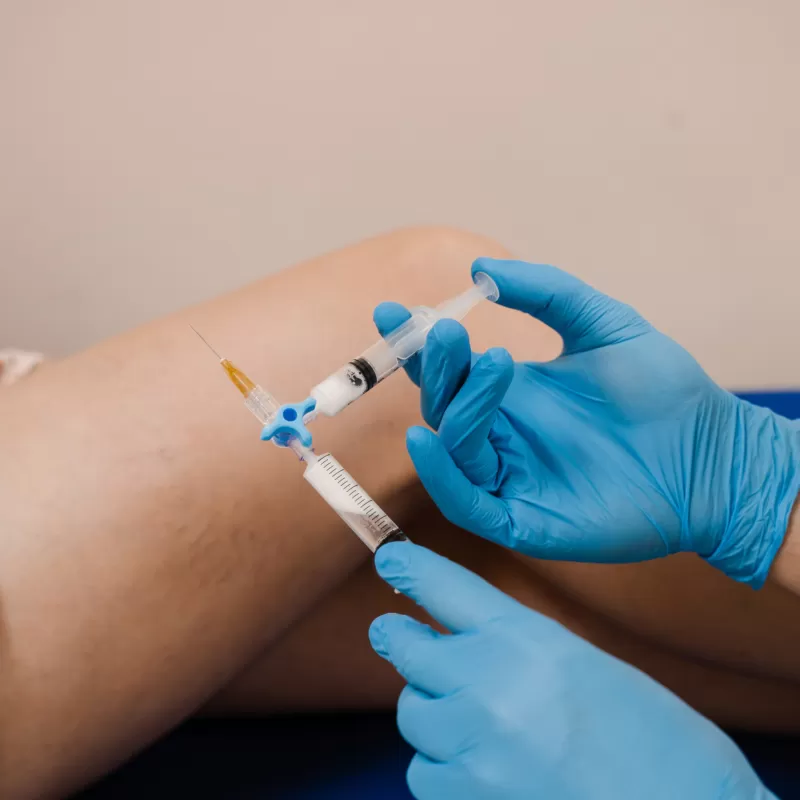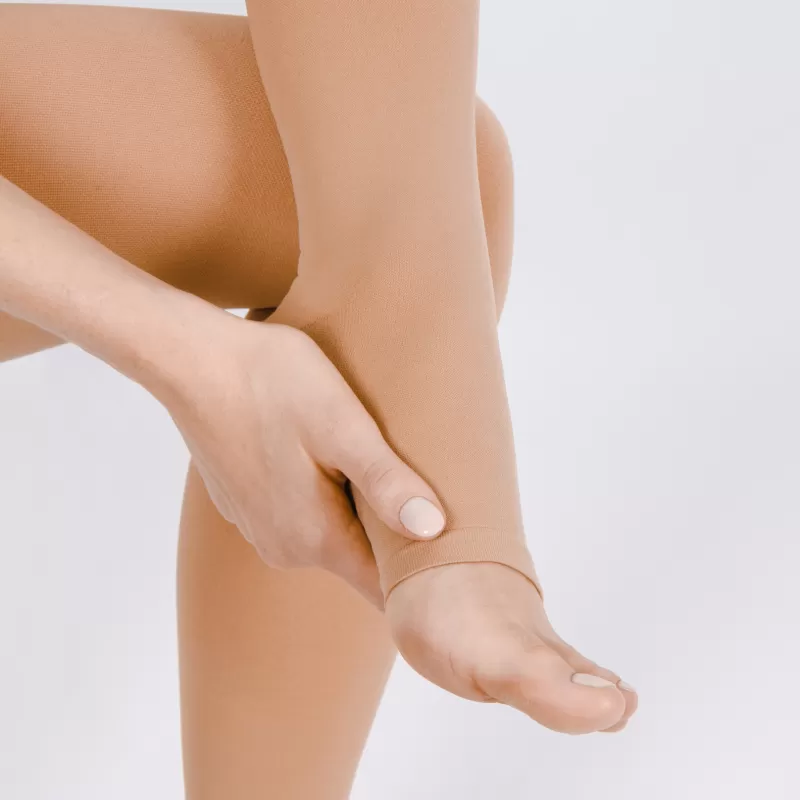Chronic Venous Insufficiency
Chronic Venous Insufficiency
Condition
What is Chronic Venous Insufficiency?
What is Chronic Venous Insufficiency?
Chronic Venous Insufficiency, also called Venous Reflux, is a condition that results in progressive dilatation and tortuosity of the veins, leading to formation of varicose veins. This is caused by a malfunctioning in the valves, inside each of your leg veins. The valves regulate the flow of blood in the direction of the heart, each time your calf muscle contracts. But when the valves are leaky, there is venous reflux, causing the blood to pool in that vein. This is what causes bulging veins or varicose veins.
Chronic Venous Insufficiency (CVI) may cause mild symptoms at first. But over time, this condition may interfere with your quality of life and lead to serious complications.
What causes Chronic Venous Insufficiency?
What causes Chronic Venous Insufficiency?
Chronic venous insufficiency happens when the valves in your leg veins don’t work properly. Your leg veins contain valves that help your blood flow in the correct direction (toward your heart). If a valve becomes damaged, it can’t close properly. Gravity takes over, and blood struggles to flow upward toward your heart. It instead flows backward, a situation known as venous reflux.
Chronic venous insufficiency is mostly an inherited condition but more common in obese people, pregnant women, and people that have an occupation that involves a lot of standing i.e. hairdressers, nurses, teachers, etc. You are also more prone to venous reflux if you have experienced trauma to your leg through an injury or surgery.
CVI is the underlying cause of varicose veins. Whilst your attention may be drawn to the visible problem because of cosmetic concerns, more serious health concerns can also exist.
How can we help?
How can we help?
There are a wide range of treatment options for chronic venous insufficiency. At The R Clinic we have developed a particular expertise in minimally invasive, non-surgical vein treatment options. We understand that treating veins doesn’t have to involve a big operation or surgery. Our highly advanced treatments don’t require a hospital stay and can take place right here in our state-of-the-art Canberra clinic, so you can go home or return to work much quicker.
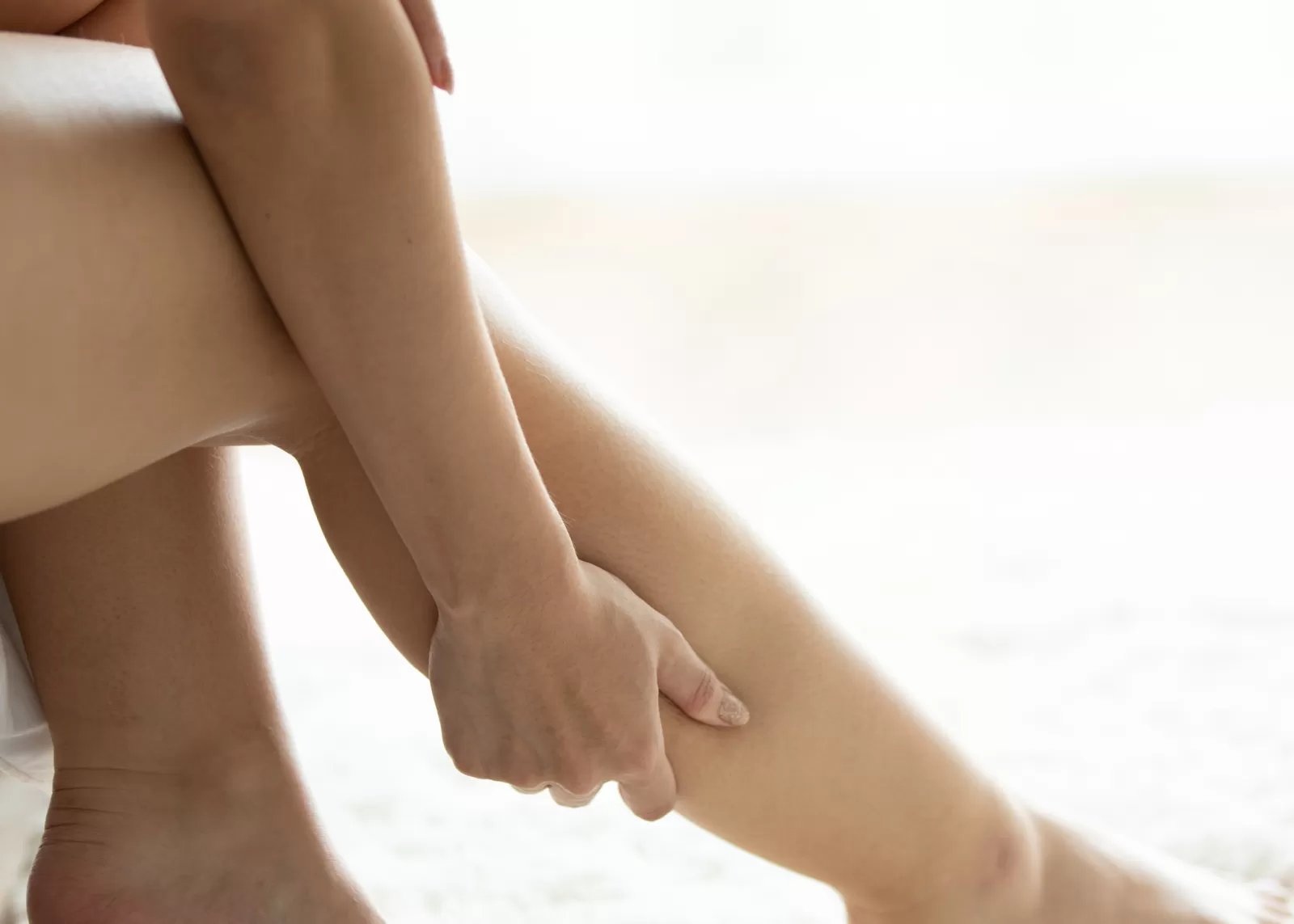
FAQ
Have further questions or want to learn more?
How is chronic venous insufficiency diagnosed?
Chronic venous insufficiency is diagnosed through a physical exam and ultrasound imaging. During the physical exam, our vein specialist will:
- Carefully examine your legs. Your provider will look for clinical signs of CVI, like ulcers or changes in skin color.
- Perform a vascular ultrasound. This painless test uses sound waves to create an image of your veins. It shows which parts of your veins are damaged.
Many people with CVI also have peripheral artery disease (PAD). So, our vein specialist will also ask questions or run tests to check you for PAD. If you have both CVI and PAD, our vein doctor will advise you on treatment methods and precautions you need to take with compression therapy
What are the signs and symptoms of chronic venous insufficiency?
- Achy or tired legs.
- Burning, tingling or “pins and needles” sensation in your legs.
- Cramping in your legs at night.
- Discolored skin that looks reddish-brown.
- Edema (swelling) in your lower legs and ankles, especially after standing a while or at the end of the day.
- Flaking or itching skin on your legs or feet.
- Full or heavy feeling in your legs.
- Leathery-looking skin on your legs.
- Ulcers (open sores), usually near your ankles. If they’re very painful, they may be infected.
- Varicose veins.
How does chronic venous insufficiency affect my body?
Chronic venous insufficiency slows down blood flow from your legs back up to your heart. Without treatment, CVI raises the pressure in your leg veins so much that your tiniest blood vessels (capillaries) burst. When this happens, the skin in that area takes on a reddish-brown color and can easily break open if bumped or scratched.
These burst capillaries can cause:
- Tissue inflammation in that area.
- Tissue damage.
- Venous stasis ulcers. These are open sores on your skin’s surface.
Venous stasis ulcers don’t heal easily, and they can become infected. The infection could spread to nearby tissue which is dangerous if not treated right away.
What are the stages of chronic venous insufficiency?
The stages of venous disorders range from 0 to 6. “Venous disorders” is a general category for many possible issues with your veins, including CVI. The stages are based on clinical signs, which are things your provider can see or feel when they examine your legs.
Venous disorder stages include:
- Stage 0: No signs that can be seen or felt. You may feel symptoms like achy or tired legs.
- Stage 1: Visible blood vessels, including spider veins.
- Stage 2: Varicose veins at least 3 millimeters wide.
- Stage 3: Edema (swelling) but no skin changes.
- Stage 4: Changes to your skin’s color and/or texture.
- Stage 5: Healed ulcer.
- Stage 6: Acute (active) ulcer.
You’ll be diagnosed with chronic venous insufficiency if you’re at stage 3 or above. In other words, having varicose veins doesn’t mean you have CVI. But varicose veins are a sign of blood flow problems that could get worse over time. So, it’s important to seek advice from vein specialists about any new varicose veins you notice.
What lifestyle changes I can make to improve my condition?
- Leg elevation: Lifting your legs above the level of your heart can help reduce pressure in your leg veins. Your provider may suggest you do this for 30 minutes or longer at least three times per day.
- Exercise: Walking and other forms of exercise can help blood flow better in your leg veins. Each time you take a step, your calf muscle squeezes and helps your veins pump blood back up to your heart. This “calf muscle pump” is known as your “second heart.” It helps blood in your legs defy gravity, and it’s vital for your circulation. So, making your calf muscles stronger can help improve your blood flow. Your provider may also recommend foot and ankle flexing exercises.
- Weight management: Extra weight can put pressure on your veins and damage the valves. Ask your provider what a healthy weight is for you. Work with your provider to come up with a healthy and manageable plan for achieving that weight.
What types of compression stocking should I get?
Compression therapy is commonly recommended for treating CVI. There are many types of compression stockings on the market. Some offer more compression than others. Very tight stockings require a prescription.
Some stockings are “graduated,” meaning they’re tighter down by your ankles and less tight further up your leg. It’s essential that you follow your provider’s guidance on the type of compression you need and when to use it.
Many people with CVI struggle to wear compression stockings over the long term. But compression therapy is very important to help your veins work better and ease your symptoms.
People who have peripheral artery disease (PAD) need to be careful with compression therapy. Your provider may caution you not to use it at all depending on the extent of your PAD. Closely follow your provider’s instructions. If you struggle with compression therapy, talk to us today.
